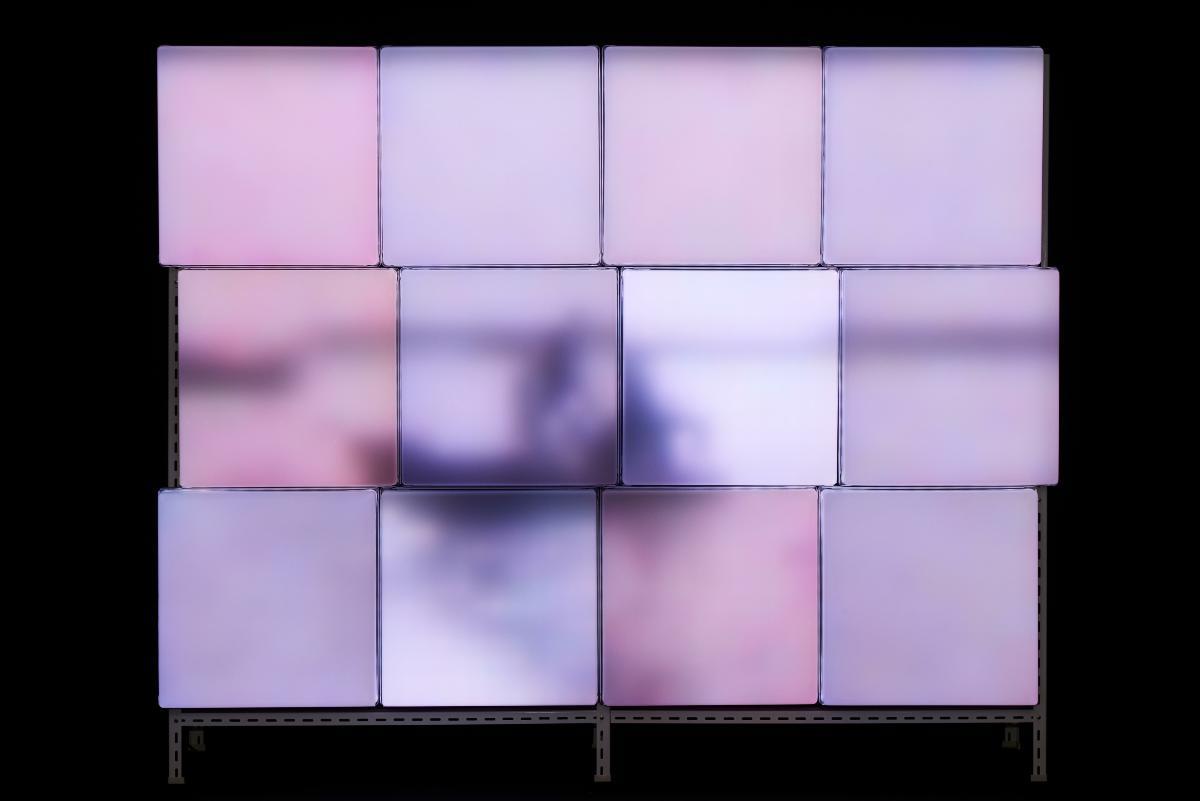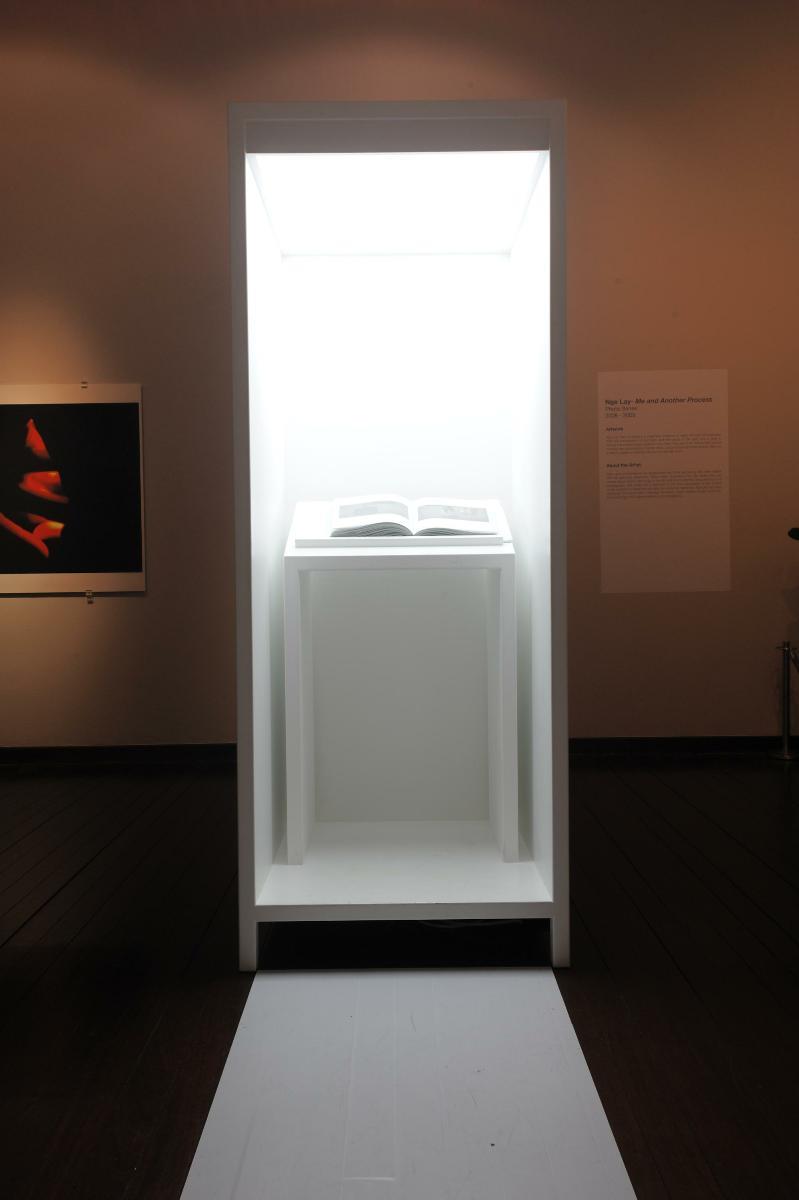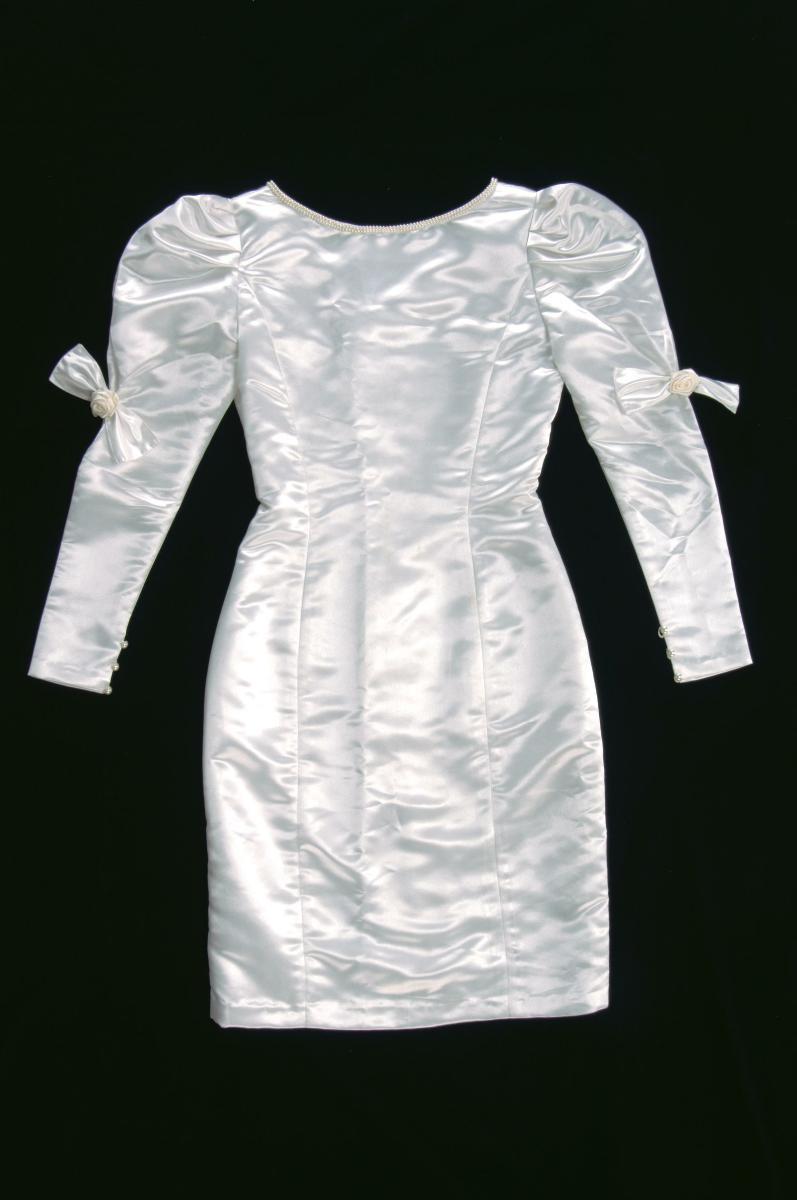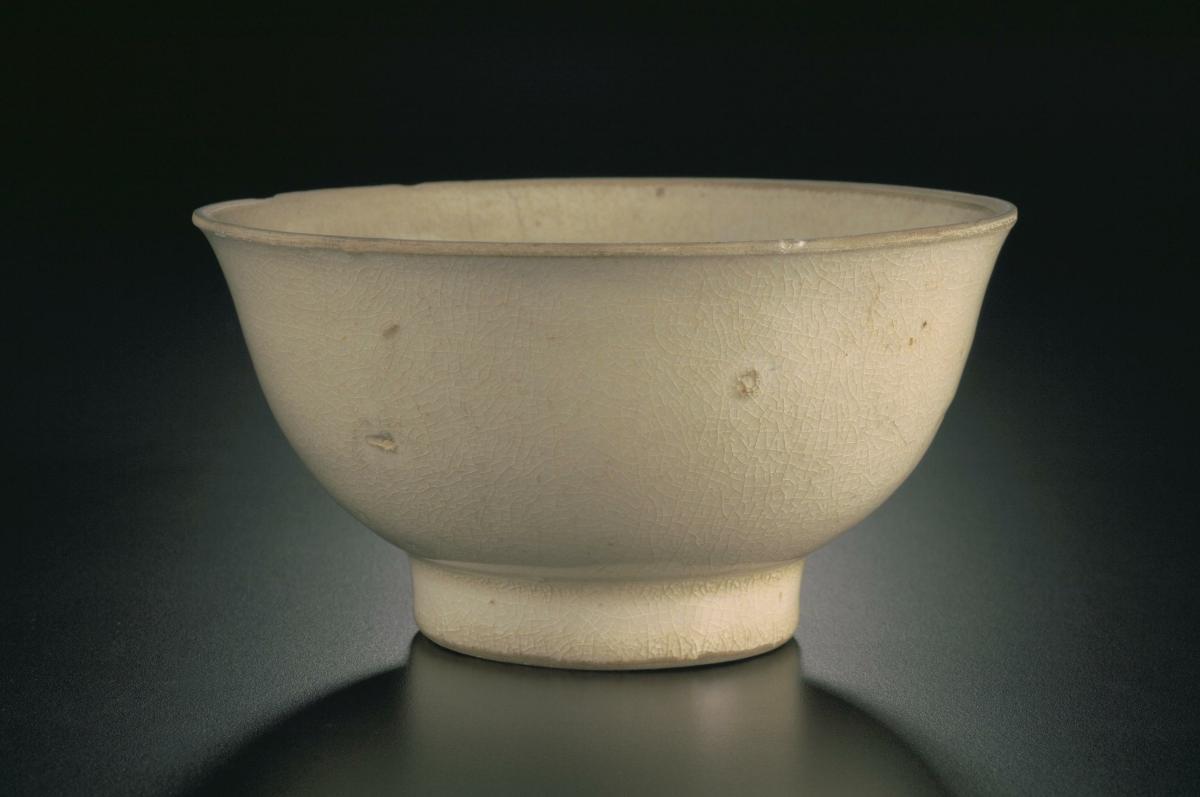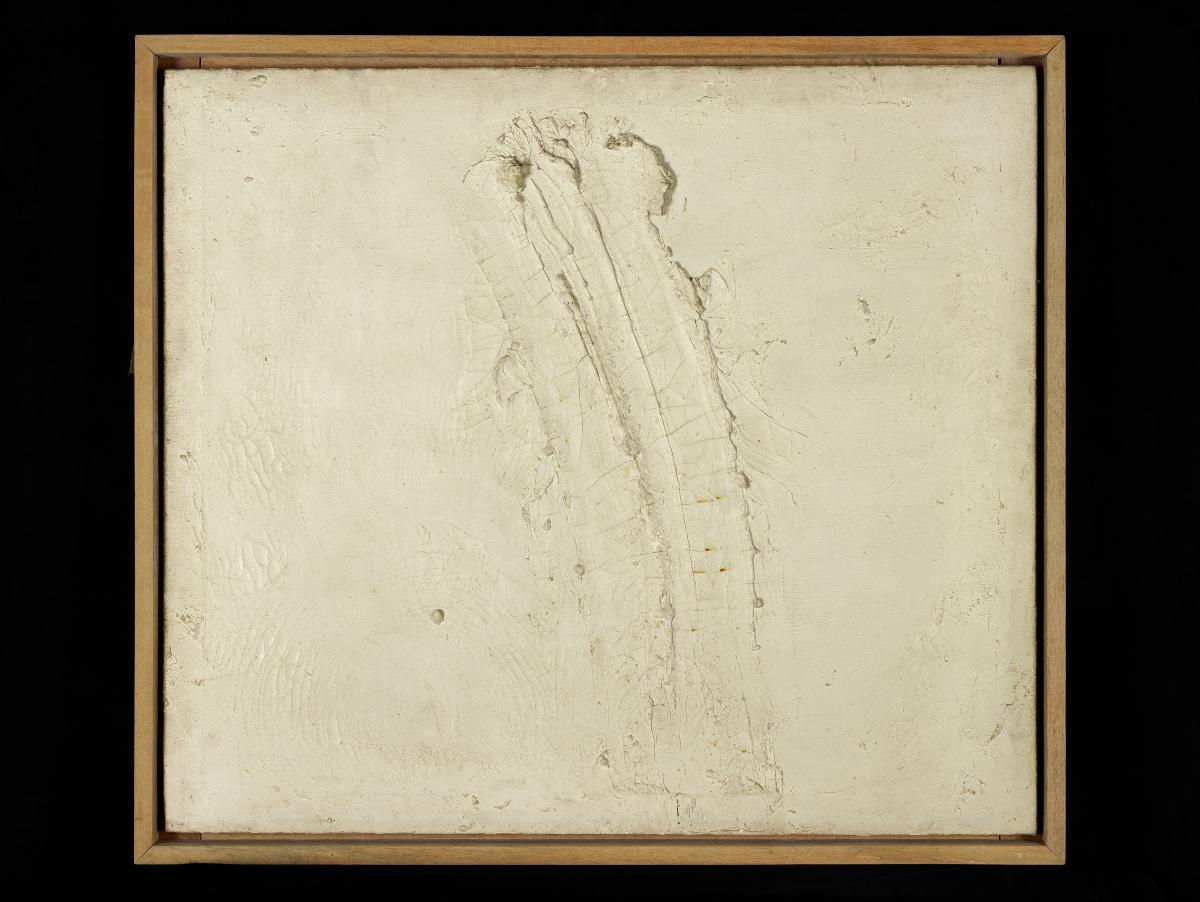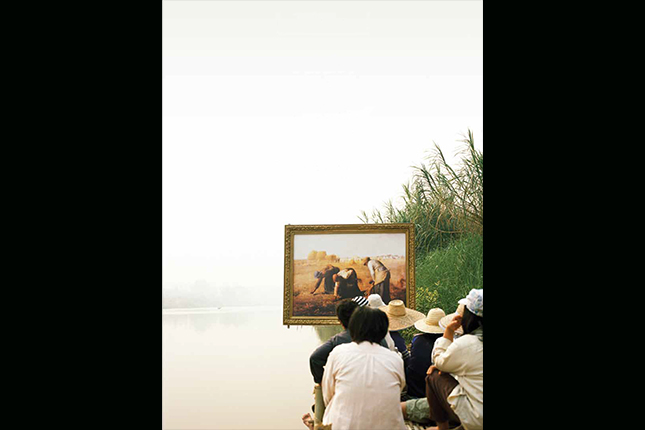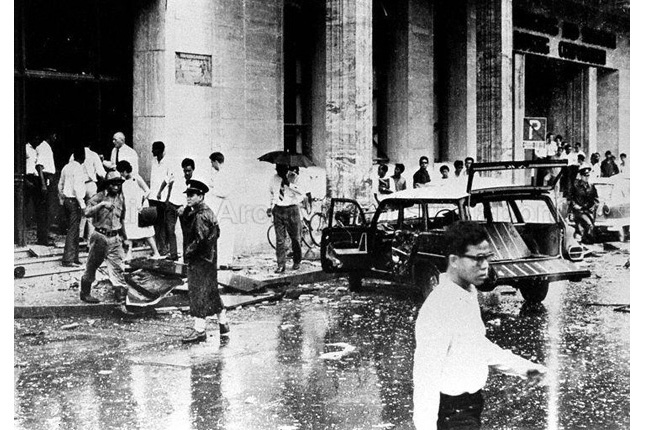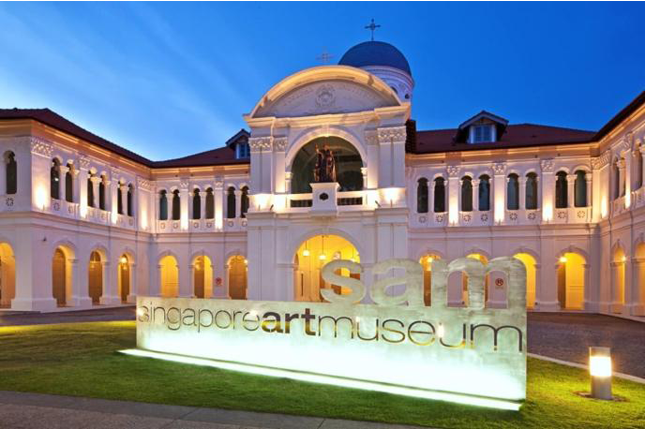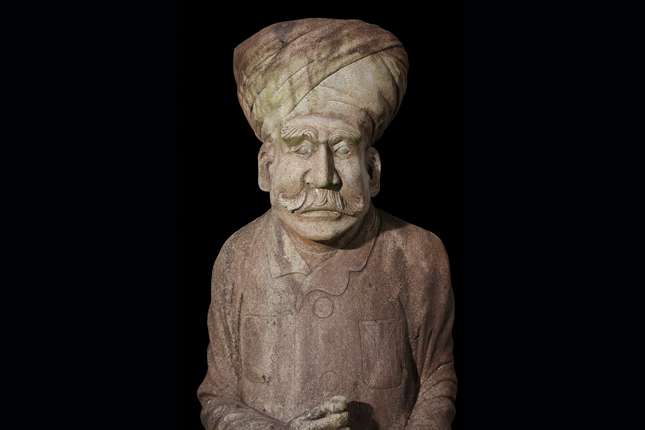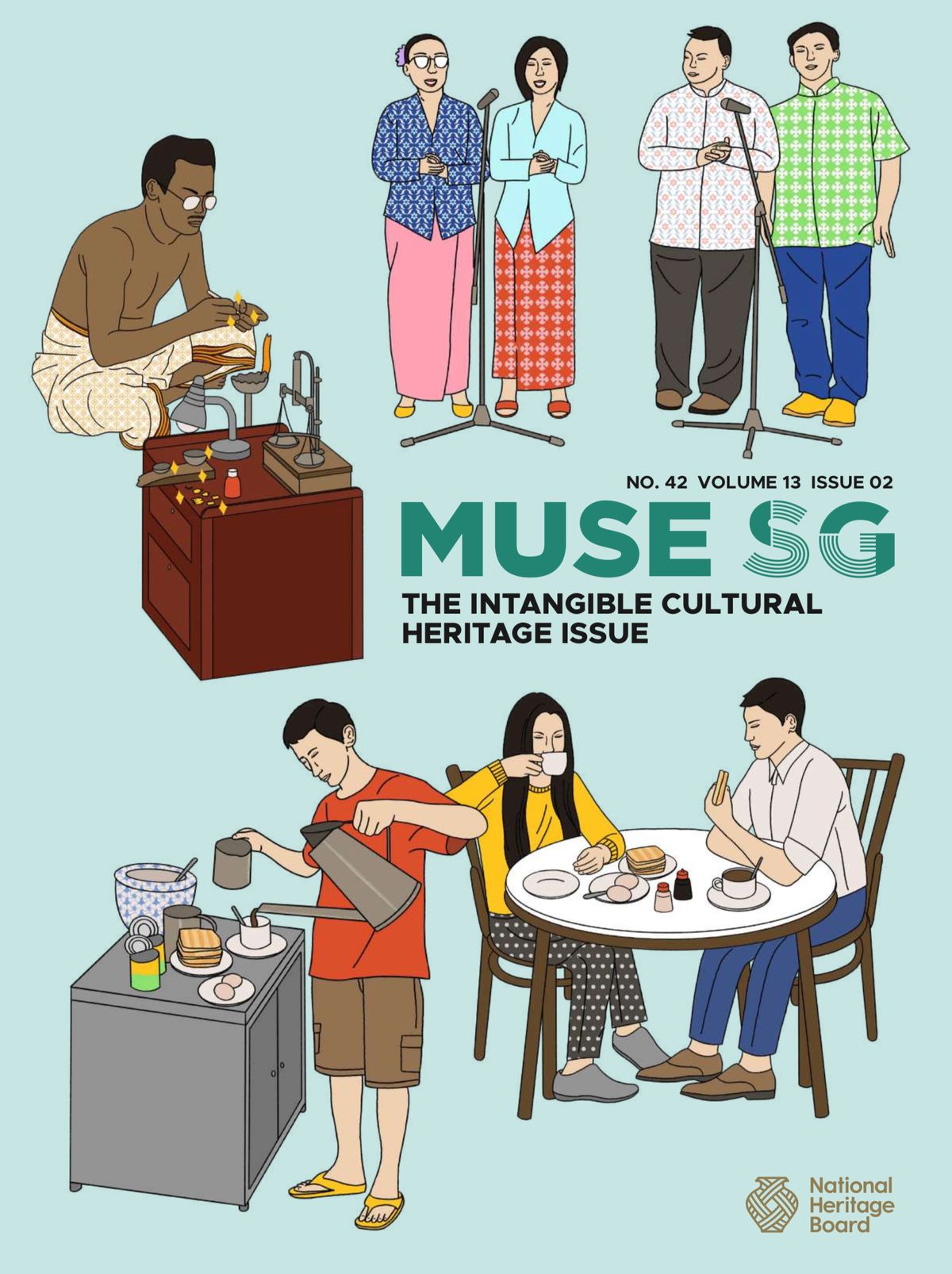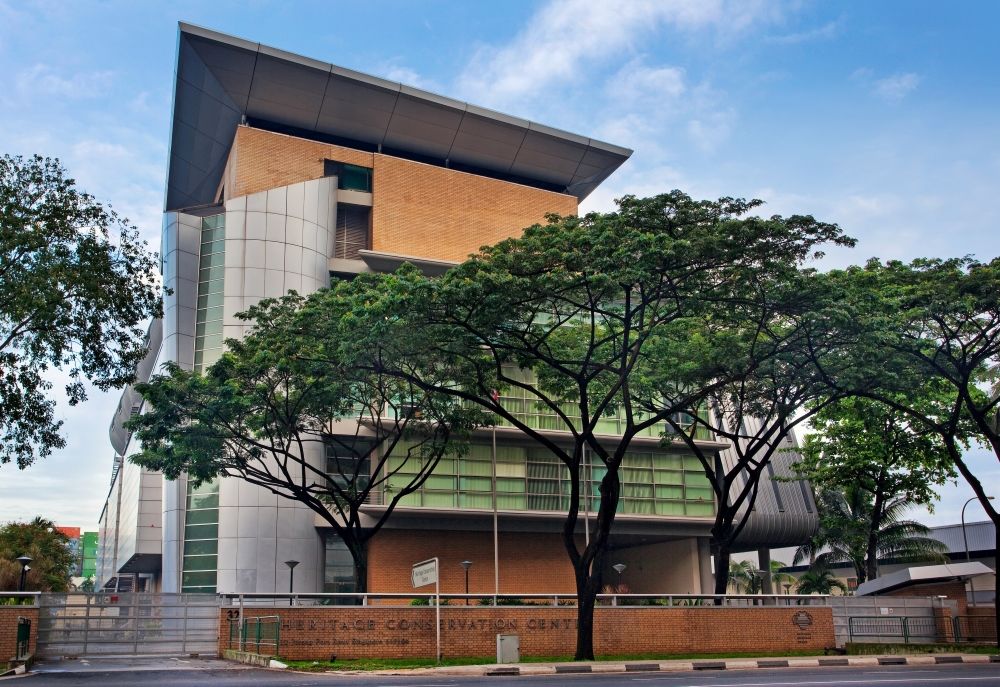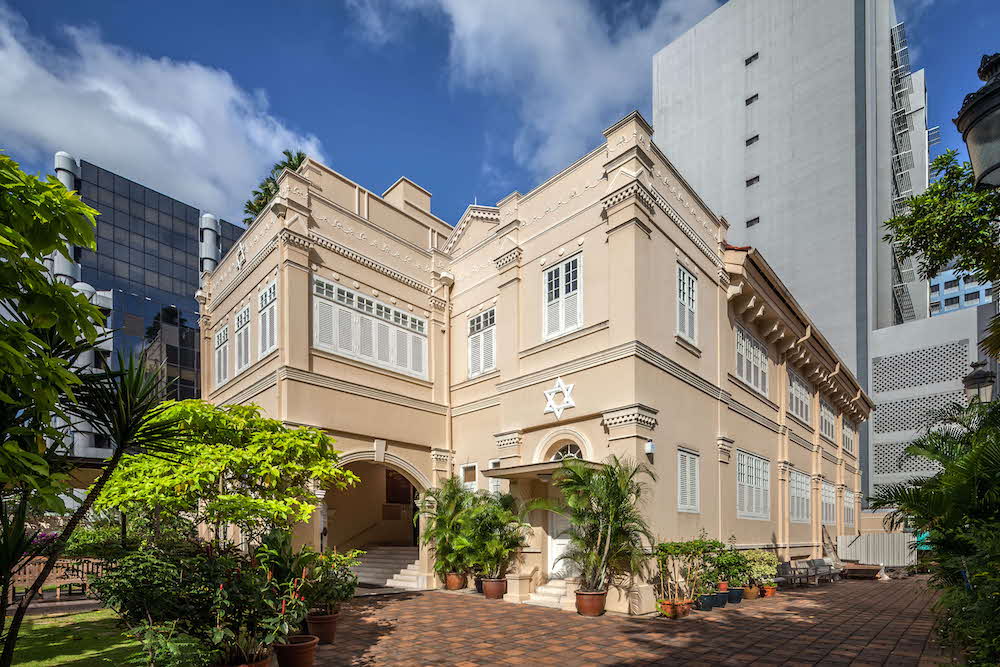A White, White Day was commissioned for the SAM exhibition, “Cinerama”, and is representative of Jeremy Sharma’s most recent body of work, in which he complicates notions of representation and form by deconstructing the filmic image, breaking it down into its component phenomena of light, shadow and sound. Here, an installation of lightboxes appropriates the appearance and function of a cinema screen, transforming the space of the gallery into an atmospheric rendition of the movie theatre. What is presented to the viewer, however, is an abstract play of flickering, scintillating illumination: the LED nodes in the lightboxes are controlled by a programme that is based on video data taken from an old Cathay Keris production, Korban Fitnah (1959). The title translates to “Victim of Slander”, and the film tells the tale of a couple unfairly accused of adultery. Produced by and starring Maria Menado, the narrative revolves around a crime of passion committed by protagonist Hussein (Sukarno M. Noor) in his intention to commit suicide in a heroic attempt to save his brother’s sight. The film begins as a courtroom drama, unfolding through flashbacks into memories and past-events that were consequential in leading up to Hussein’s prosecution. Interesting for the locations and scenes depicted, now long forgotten and fundamentally restructured, history and memory are critically embalmed within the blacks and whites of this filmic archive. The footage includes significant visual references from the island state during the 1950s, namely the protagonist’s transfer from the Outram Prison to the District Court, the Wyman’s Haven restaurant, the C.K. Tang store and the Tanjong Pagar Railway Station. The present work reimagines scenes in a film that, according to Sharma, “forms our nation’s historical and biographical literature”; the dissolution of cinematic mimesis into fitful, unstable incandescence suggests the contingent character of memory and history.




